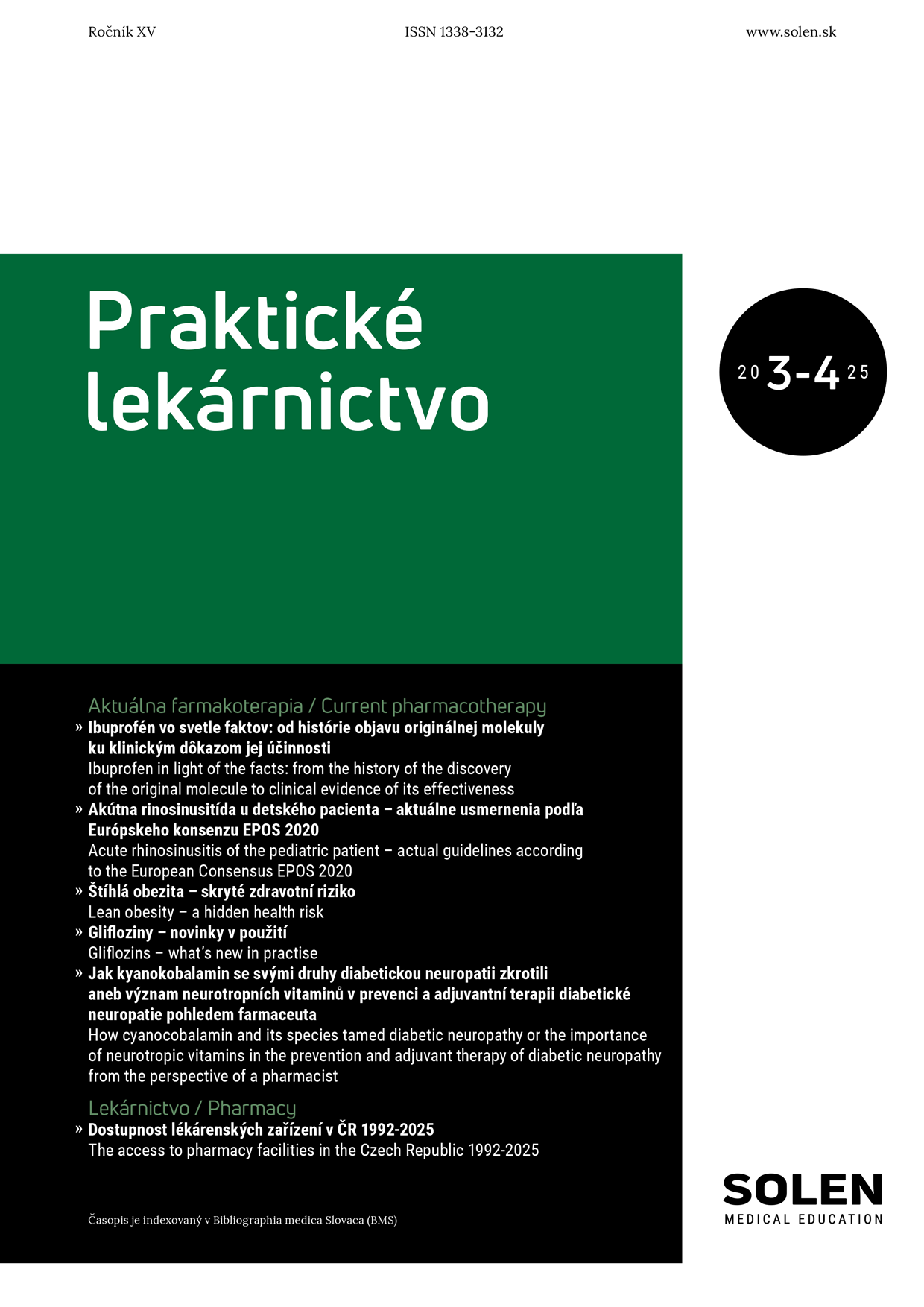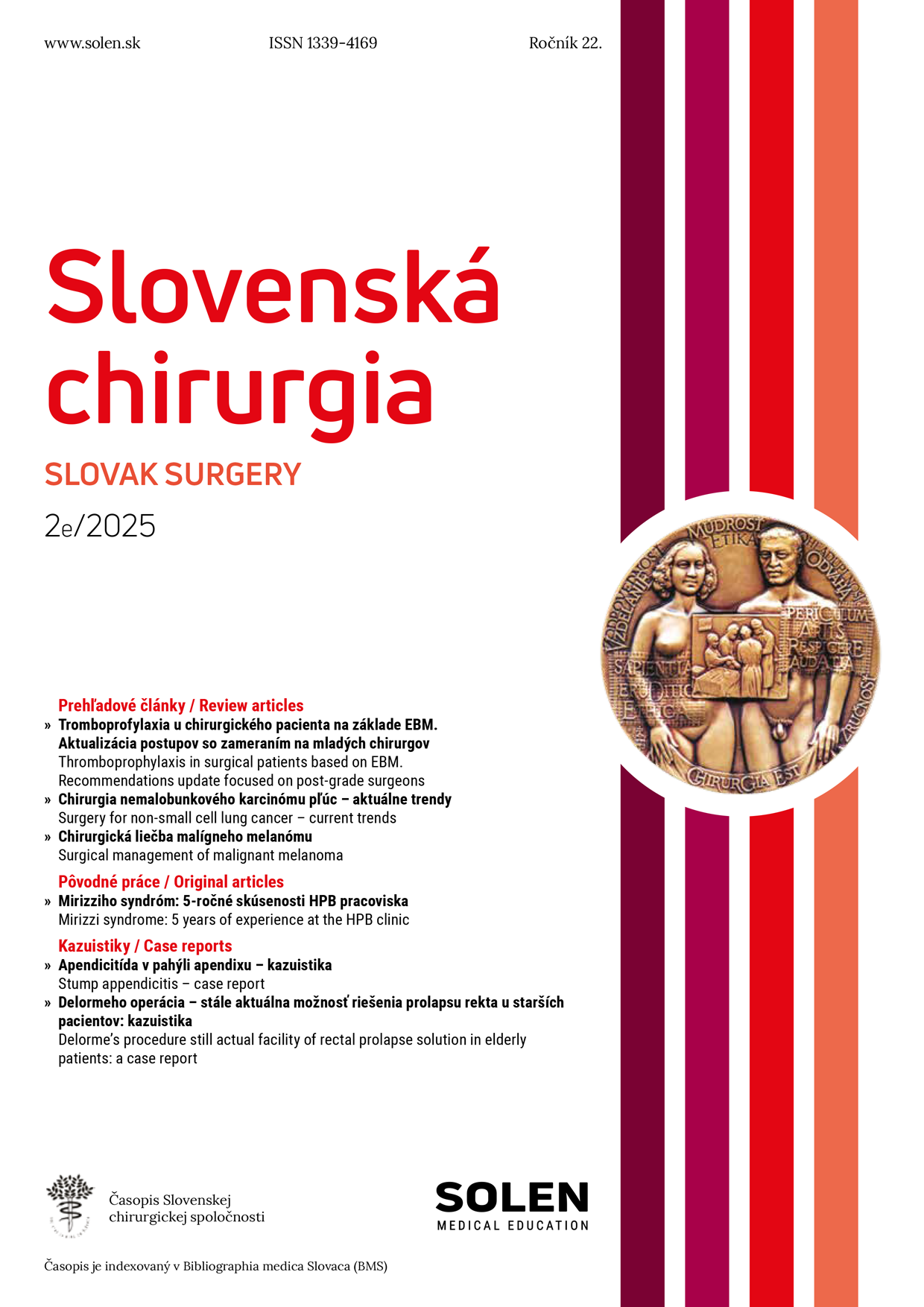Via practica 5/2017
Chronické zlyhávanie srdca a starnúca populácia. Zmeny demografie a dôsledky pre modernú stratégiu liečby a manažment
Doc. MUDr. Marian Sninčák, PhD., mim. prof.
Prevalencia zlyhávania srdca ako progresívneho chronického ochorenia v rozvinutých krajinách sveta vekom narastá. Chronické srdcové zlyhávanie je záverečnou etapou kardiovaskulárneho kontinua a u starších ľudí vývoj prebieha i v rámci biologických a funkčných zmien starnutia. Príspevok pripomína kruciálne rizikové faktory, súčasné zmeny epidemiológie a demografie a snaží sa cielene odpovedať na otázku: prečo epidémia chronického zlyhávania srdca vzniká práve u starších. Uvádza základné implikácie liečby tohto ochorenia z posledných odporúčaní manažmentu diagnostiky a liečby (Európska kardiologická spoločnosť, 2016) na základe zmien súvisiacich so starším vekom a tiež zásadné upozornenia pri farmakologickej liečbe v tejto populácii. Naše prístupy v tejto liečbe by mali byť vedené snahou oddialiť, spomaliť a zastaviť veľmi nepriaznivý súčasný trend morbidity, mortality, hospitalizácií a nákladov pri srdcovom zlyhá- vaní a zásadne ovplyvniť zdravie staršej populácie s podporou konceptu zdravého starnutia.
Kľúčové slová: chronické zlyhávanie srdca, demografia, epidemiológia, kardiovaskulárne kontinuum, starnutie, kardiovaskulárne, biologické a fyziologické zmeny, rizikové faktory, liečba, koncept zdravého starnutia
Chronic heart failure and ageing population. Changes in demographics and implications for a modern treatment and management strategy
Prevalence of heart failure as a progressive chronic disease in the developed countries is increasing with age. Chronic heart failure is the final stage of the cardiovascular continuum, the development also takes place within the biological and functional changes of aging in older people. The article refers the crucial risk factors, current changes in epidemiology and demography, and tries to answer the question: why the chronic heart failure epidemic arises in the elderly. It presents the basic implications of the treatment of this disease from the latest guidelines of diagnosis and treatment management (European Society of Cardiology, 2016) based on age-related changes, as well as the essential pharmacological treatment warnings in this population. Our approaches should be guided by an effort to delay, slow and stop the very unfavorable current trend in morbidity, mortality, hospitalization and heart failure costs, and to affect the health of the elderly population, with the support of the concept of healthy ageing.
Keywords: chronic heart failure, demography, epidemiology, cardiovascular continuum, ageing, cardiovascular, biological and physiological changes, risk factors, treatment, the concept of healthy ageing

















